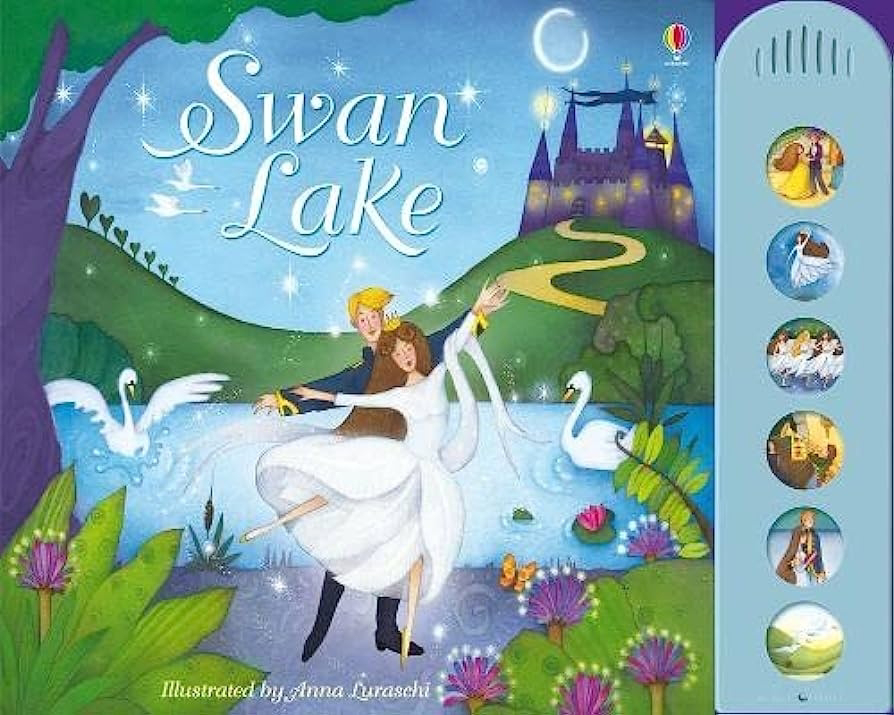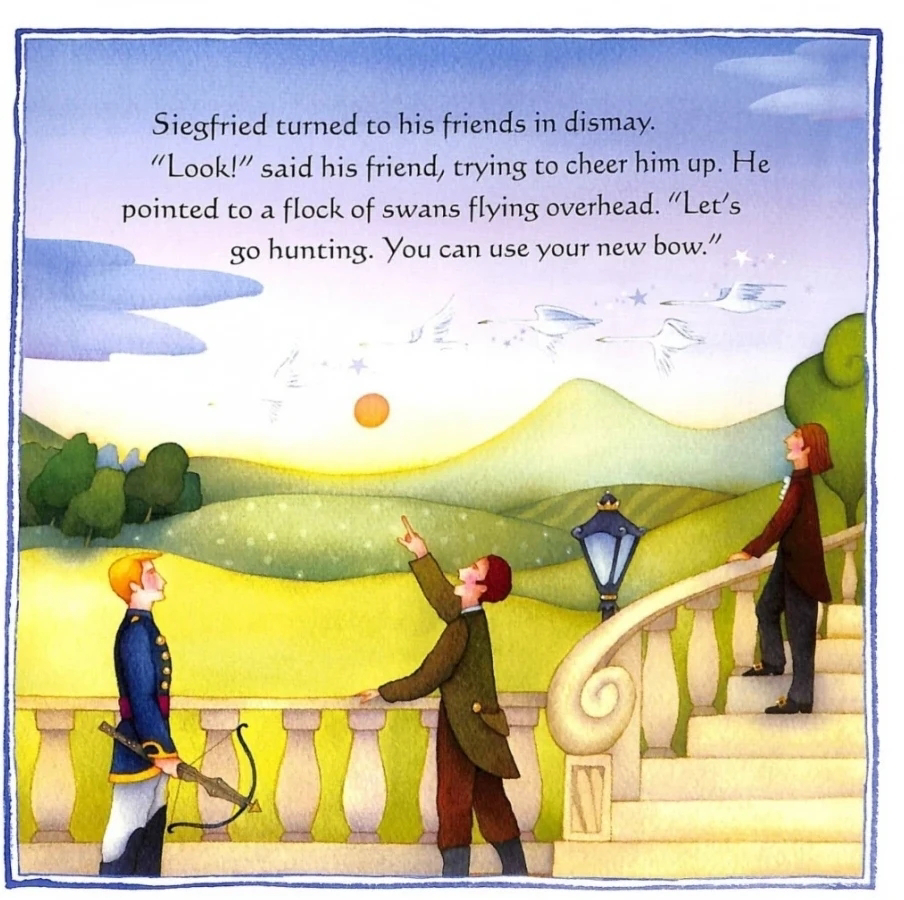Swan Lake Musical Sound Book (story by Lesley Sims, illustrations by Anna Luraschi)
I didn't get into listening to classical music until I was old... er 😅 and I think it was a bit of a miss in my education as a child. That's why I'm especially passionate about including music (any music! But especially classical music) in early childhood education of my own kids, and of course also in our story circles.
In the BBC Music Magazine article "How can I get my child into classical music?" Hannah Nepilova explores best ways to make children interested in and introduced to the classical music. According to Nepilova, one of the best ways to do that is to listen to music while telling a story.
This makes a lot of sense since typically, as caregives and educators, we already have a habit of telling stories with our kids, so adding a habit of playing music while telling a story is really easy, especially if we have a good sound book handy.
Many classical music pieces has stories associated with them. Swan Lake by Tchaikovsky (coinsidentally, one of my favorite pieces of classical music) is a great example. The sound musical book Swan Lake (story by Lesley Sims, lovely illustrations by Anna Luraschi) tells the fairytale story of Sigfried, Odette and the evil Rothbart, accompanied by Tchaikovsky's exquisite music.
This book is great to read at home or in a small story circle. For a bigger group, I'd consider making a slide show of the illustrations and playing excerpts from Tchaikovsky's music on a speaker, to further enrich the musical storytelling experience.


Comments
Post a Comment